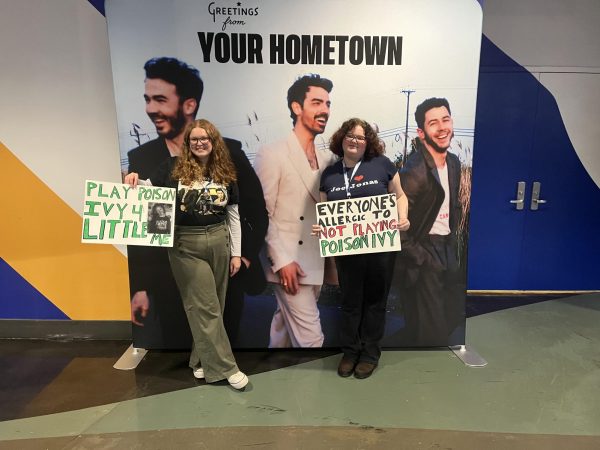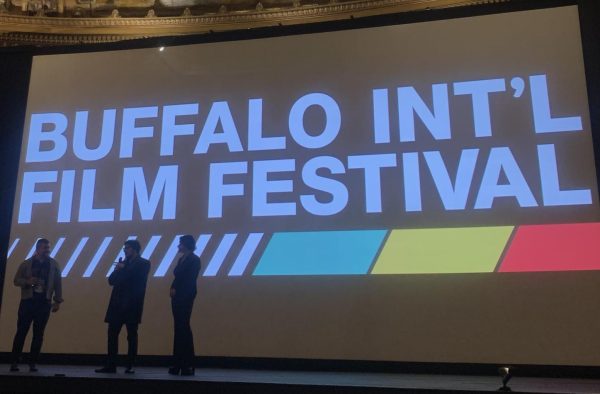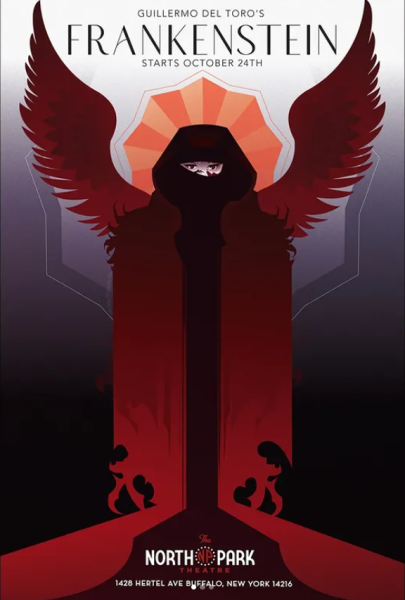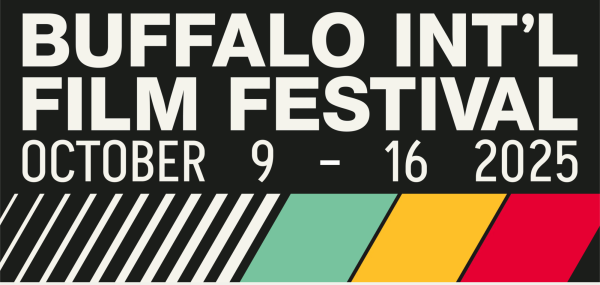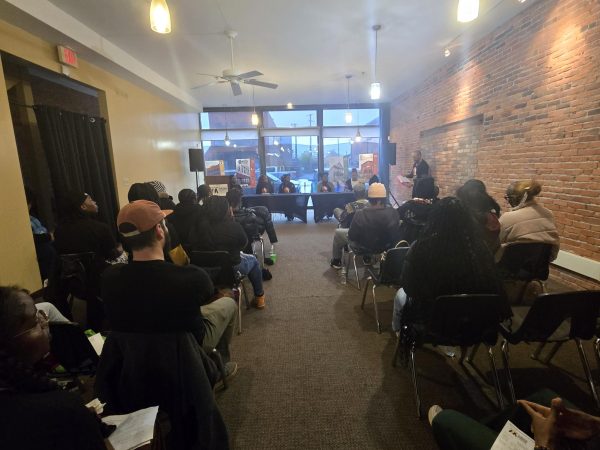Dance professor leaps across cultures, turns spotlight on students
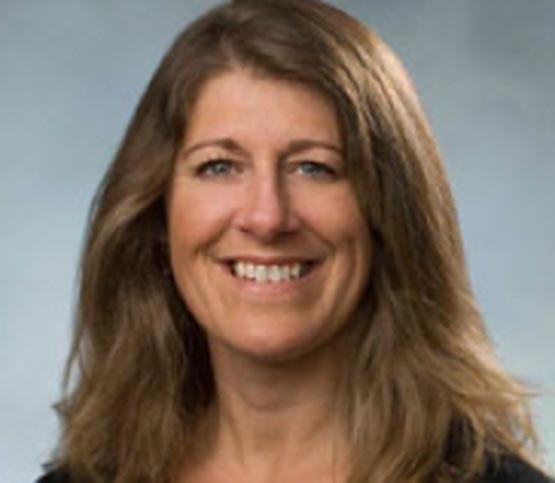
Associate Dance professor Joy Guarino believes everyone should dance, and advises students to work hard in order to remain as passionate about their art as she is about hers.
Associate Dance Professor Joy Guarino started dancing at an early age and has since shared her knowledge with students, both at SUNY Buffalo State and around the world. A graduate of Buffalo State’s theater program, she’s been an active member of Western New York’s arts community and has taught elsewhere in the state. I asked the professor a few questions to see what inspires her, both on the dance floor and in the classroom.
How did you get involved in dance?
I started to take dance lessons at a community center in Batavia when I was four years old. My older brother and I were very close and I wanted to do everything he did. When he went to school, I wanted to go also but I was too young. My mom started me in dance lessons so that I could go to ‘school,’ too.
How has professional dance evolved throughout your career?
Although movement basics are transferable from one genre to the next, the history of ballet, jazz, modern, world culture dance, etc. are very distinct and defined the quality of the movement. The pioneers of the various dance forms stressed the differences and when I started my career, this was still true. Now the fusion of the genres has created a new generation, a blending of styles. It is exciting to see what can happen when we reach beyond the boundaries.
How did your career bring you to your current position as a professor at SUNY Buffalo State?
I felt a passion for dance at a very young age and continued to dance through high school. I wanted to open my own dance studio, but my parents strongly encouraged me to attend college. I told them I only wanted to dance and so I decided to stay local while I figured it all out. It was the best decision.
While performing and choreographing for dance and theater companies based in the Capital District (near Albany), I became actively involved in NYS Arts Education. When I returned to Western New York, I continued to work as a teacher, dancer, and choreographer and became involved both personally and as a mentor for my students in the extensive arts-in-education community. My advocacy for children and association with regional non-profit arts organizations led me to several positions as adjunct faculty for institutions throughout Western New York until I was asked to join as a full-time faculty member at Buffalo State. It is a particular honor to have my position as I replaced my teacher, mentor, and friend when she retired.
Between your studio technique classes, dance history, dance education and choreography classes, which are your favorite to teach and why?
I enjoy all of my classes because it is the students that bring out my passion for dance. In my teaching, I always put the students’ learning first. I tell them at the start of each semester that I expect an atmosphere of mutual respect and personal responsibility; I am available to help them succeed, but it is up to them to ask for that help and to take responsibility for their learning.
How do students benefit from studio classes as opposed to classroom settings?
It isn’t either/or. Dance is a kinesthetic art, so you need to move to learn to dance. But whether you are learning to dance or learning about dance, it is important for the students to incorporate moving, observing, discussing, and reflecting. Everyone learns differently. Students benefit when the method speaks to them.
Along with your students, you are involved in a cultural, artistic exchange with dance faculty and students at Capital Normal University in Beijing. Could you please describe how Buffalo State students got involved and how this international exchange has improved their dancing?
I believe viewing and participating in dances from world cultures is a tangible way for students to learn about countries, cultures, and aesthetics other than one’s own. The theater department, including the dance program, emphasizes a global philosophy that alludes to Eastern thought. But like most dance education settings, our program best represents dancers, choreographers, educators, and theorists who sprung from Europe and the United States.
I wrote a proposal to the Research Foundation to expand student learning and exposure to the rich history and cultural dance of China, and to the infusion of Western dance with the strength and beauty of Asian aesthetics. By participating in an international conversation on dance in school and community, I hoped to guide my students to design lesson plans and professional development workshops on how teachers can employ meaningful world dance experiences to bring aesthetic, cultural and historical values to the classroom.
How would you describe Buffalo’s dance scene?
Buffalo’s dance scene is diverse and dynamic. We need to find a way to connect the commercial entertainment and the artistic expression, the social and the professional, and the athletic and the aesthetic.
What’s your advice for students who are studying to become professional dancers?
When considering my discipline, personally and in support of a general liberal arts philosophy, I believe that everyone should dance. For some it is an avocation, and others have made a commitment by selecting it as a profession. I have attended to both types of student throughout my teaching career and, when fitting, attention deepens to address a student’s growth and success in the major and then finally to their application of knowledge after graduation. Nevertheless, whether the focus is teaching technique or aesthetics or the result is developing a professional or an advocate, everyone should have access to quality dance education. Study requires being personally motivated to absorb information at every opportunity, work hard, transfer and retention of what is learned.
Who’s your dance inspiration?
(There are) too many to name. I can say that my inspirations have depended on my need in a moment in time, so (it) has not only been a person, but a place or an opportunity. It is whomever or whatever motivates me to remain so passionate about my art.
Email: young.record@live.com
Twitter: @LiveWithColly


